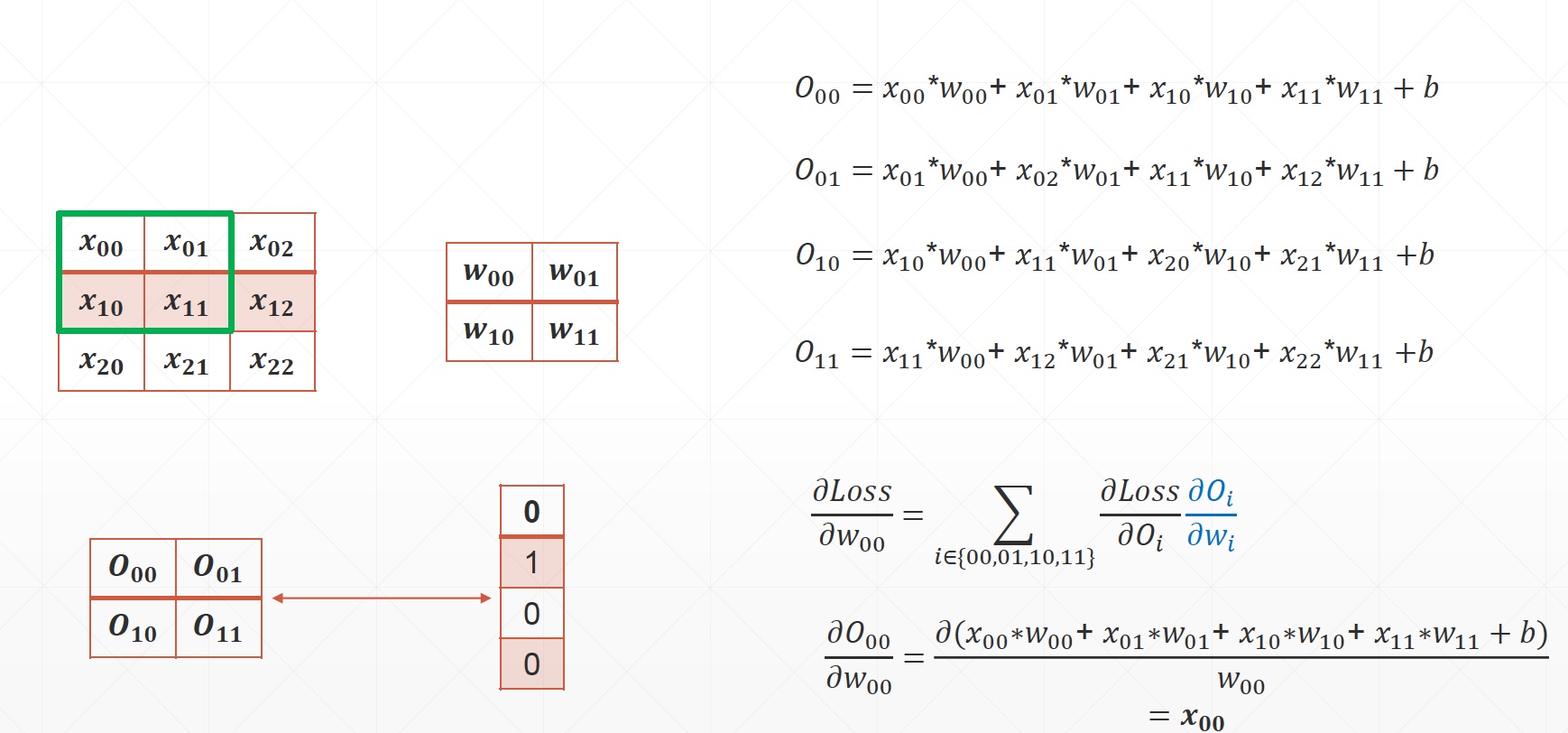卷积神经网络
目录
2D Convolution
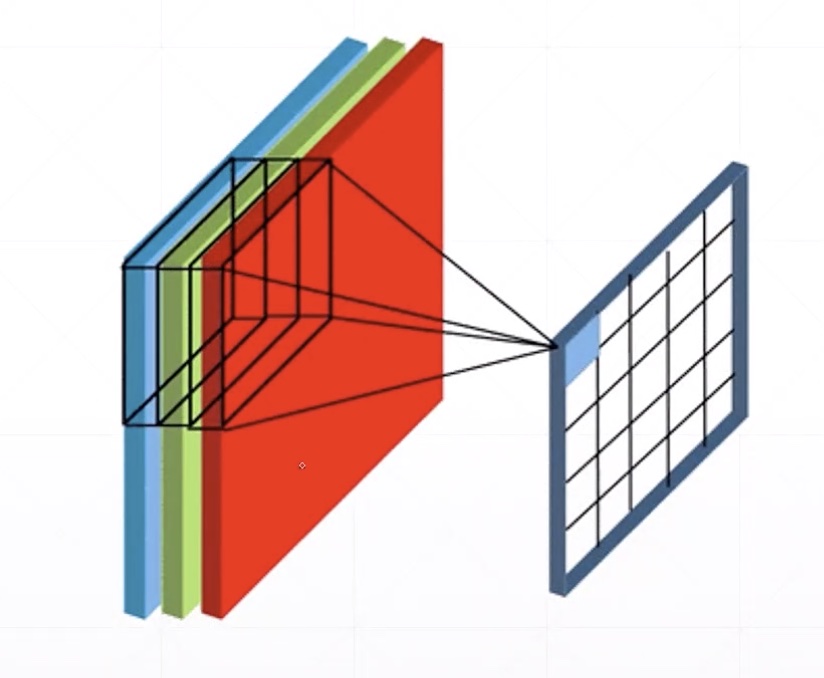
Kernel size
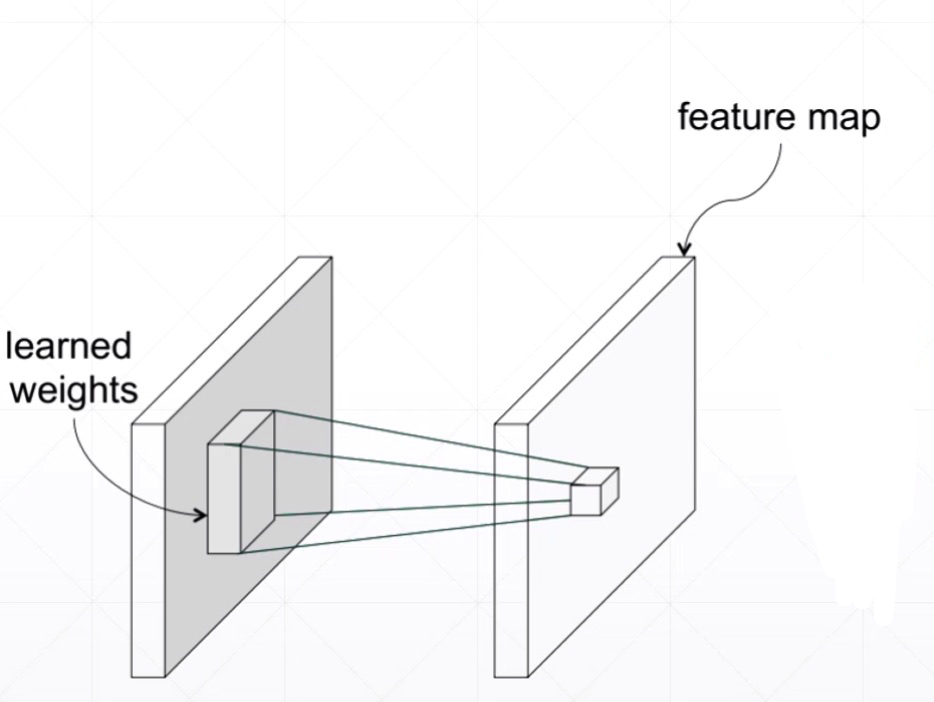
- 矩阵卷积
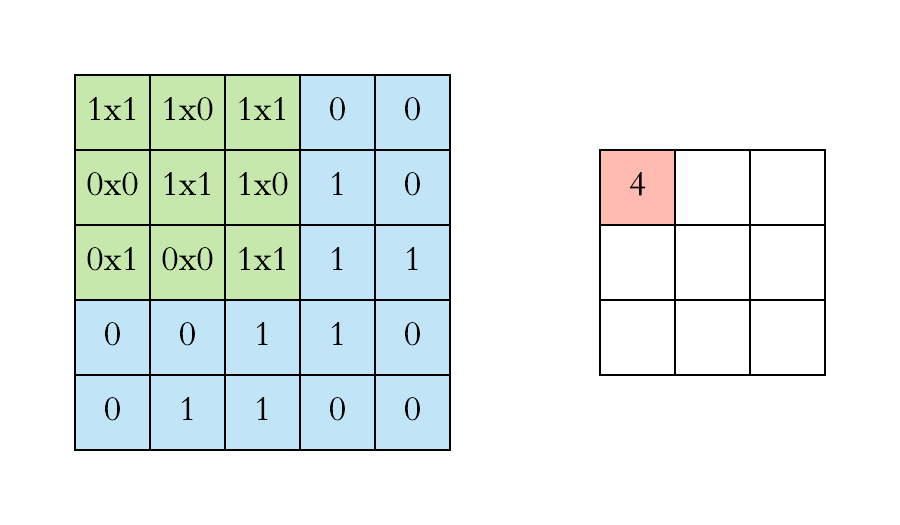
Padding & Stride

- 步长2
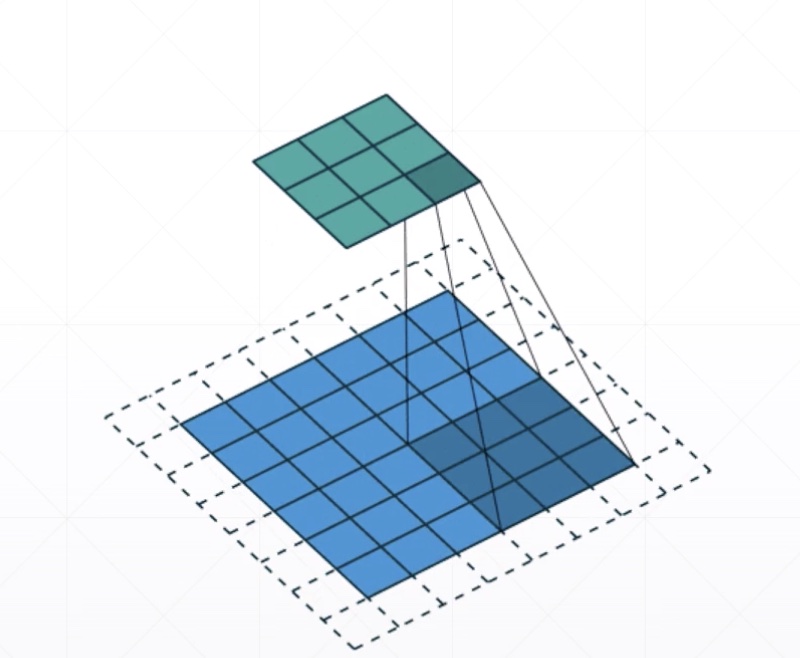
Channels
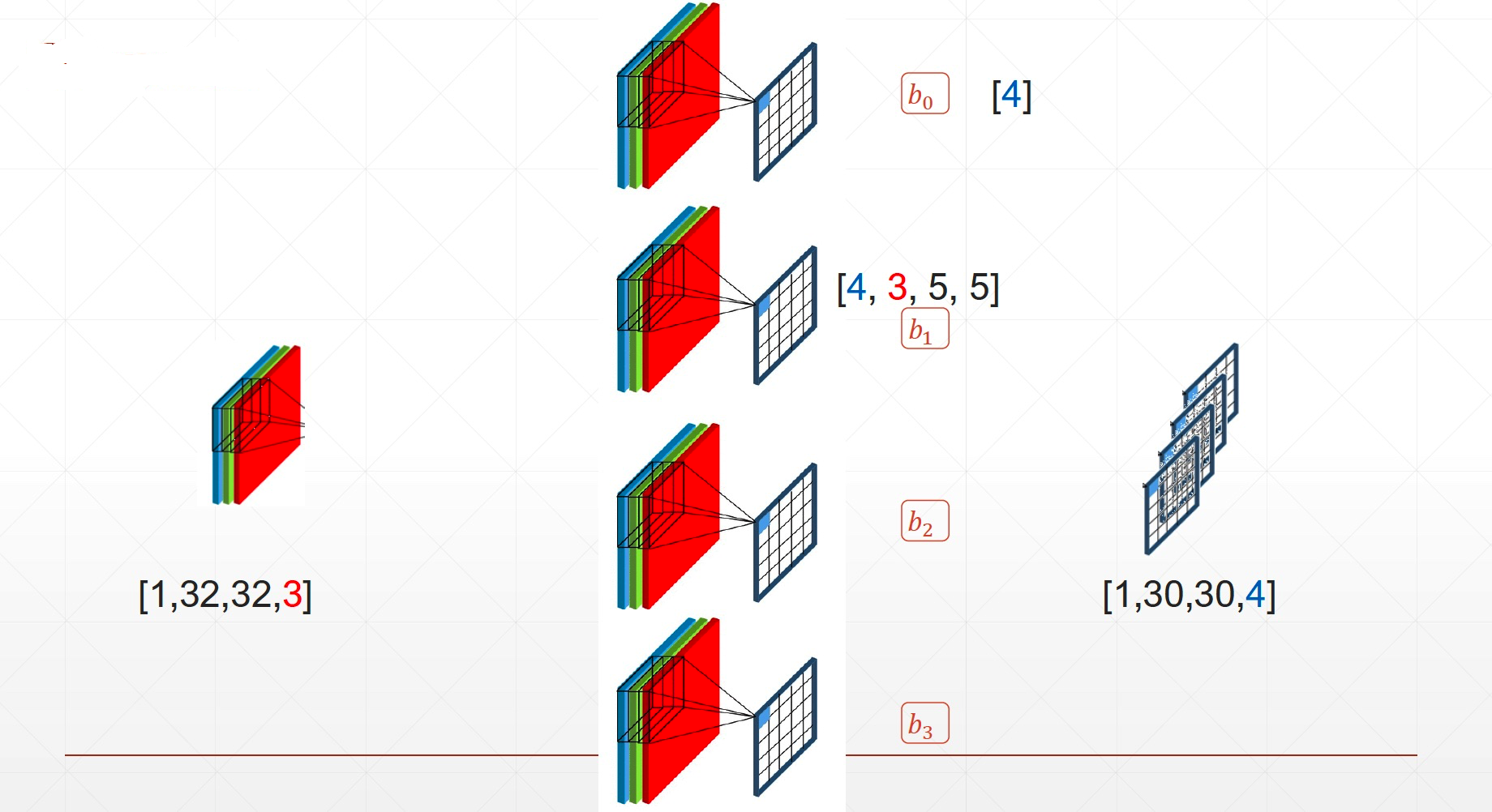
For instance
- x: [b,28,28,3]
- one k: [3,3,3]
- multi-k: [16,3,3,3]
- stride: 1
- padding: [1,1,1,1]
- bias: [16]
- out: [b,28,28,16]
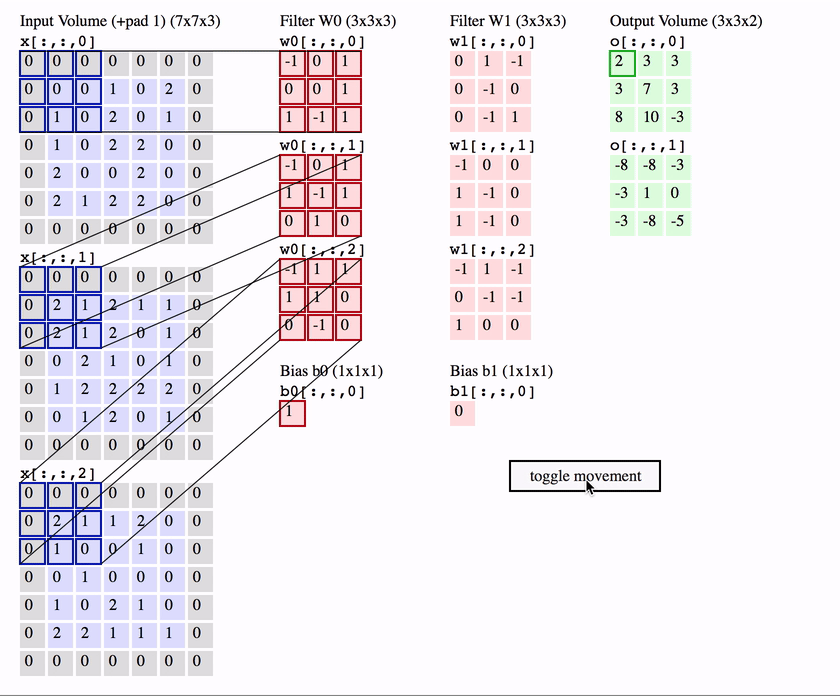
LeNet-5

Pyramid Architecture
- 从底层的边缘颜色到高层抽象的概念(轮子、车窗)
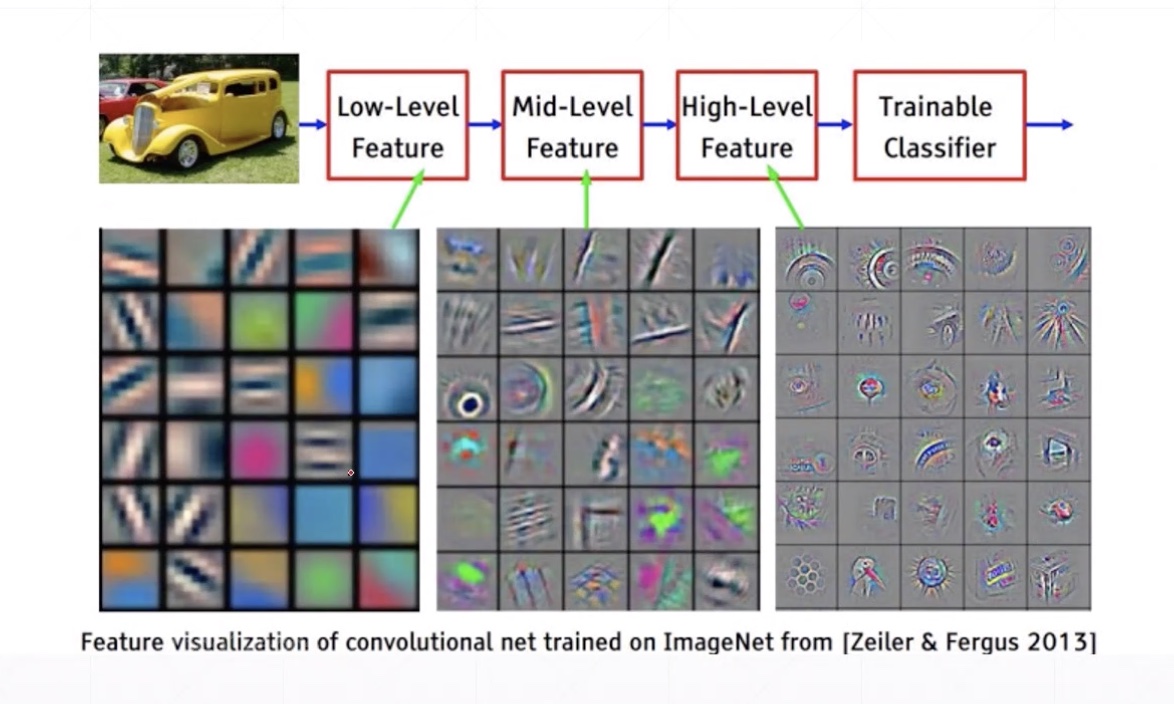
layers.Conv2D
import tensorflow as tf
from tensorflow.keras import layers
x = tf.random.normal([1, 32, 32, 3])
# padding='valid':输入和输出维度不同
layer = layers.Conv2D(4, kernel_size=5, strides=1, padding='valid')
out = layer(x)
out.shape
TensorShape([1, 28, 28, 4])
# padding='same':输入和输出维度相同
layer = layers.Conv2D(4, kernel_size=5, strides=1, padding='same')
out = layer(x)
out.shape
TensorShape([1, 32, 32, 4])
layer = layers.Conv2D(4, kernel_size=5, strides=2, padding='same')
out = layer(x)
out.shape
TensorShape([1, 16, 16, 4])
layer.call(x).shape
TensorShape([1, 16, 16, 4])
weight & bias
layer = layers.Conv2D(4, kernel_size=5, strides=2, padding='same')
out = layer(x)
out.shape
TensorShape([1, 16, 16, 4])
# 5,5--》size,3--》通道数,4--》核数量
layer.kernel.shape
TensorShape([5, 5, 3, 4])
layer.bias
<tf.Variable 'conv2d_11/bias:0' shape=(4,) dtype=float32, numpy=array([0., 0., 0., 0.], dtype=float32)>
nn.conv2d
w = tf.random.normal([5, 5, 3, 4])
b = tf.zeros([4])
x.shape
TensorShape([1, 32, 32, 3])
out = tf.nn.conv2d(x, w, strides=1, padding='VALID')
out.shape
TensorShape([1, 28, 28, 4])
out = out + b
out.shape
TensorShape([1, 28, 28, 4])
out = tf.nn.conv2d(x, w, strides=2, padding='VALID')
out.shape
TensorShape([1, 14, 14, 4])
Gradient?
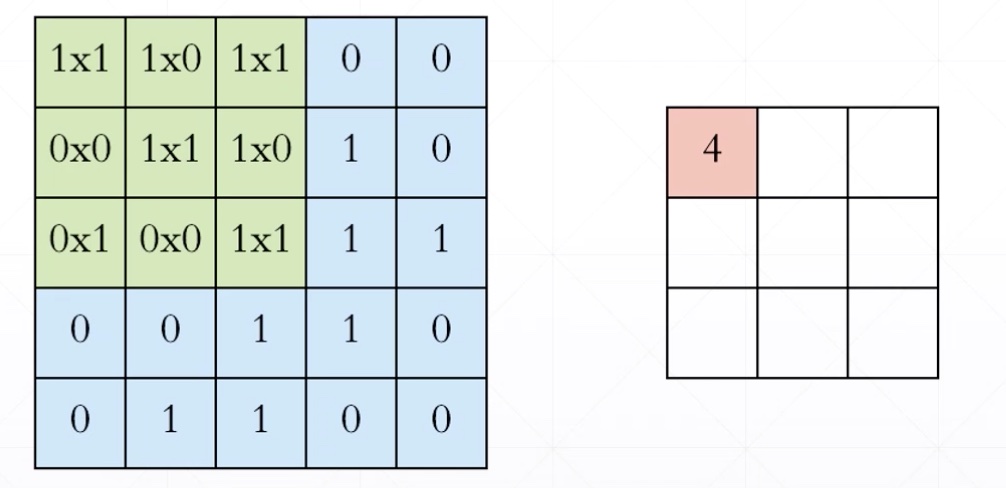
For instance
